France PMI Manufacturing dropped from 50.6 to 47.8 in August, a 28-month low. PMI Services improved from 51.2 to 53.0. Overall, PMI Composite rose from 50.4 to 51.2.
Joe Hayes, Senior Economist at S&P Global Market Intelligence said:
“The upward movement in the Composite Output PMI should not take away from the clear message seen across the survey as a whole – the French economy is struggling. Weakness is its most striking in the manufacturing sector, where the downturn accelerated in September as overstocked warehouses, rapidly deteriorating demand for goods, heightened economic uncertainty and intense price pressures drove production volumes lower.
“Another worrying find from the latest survey was the pick-up in inflationary pressures, despite more evidence that supply stress is fading. According to surveyed firms, this reflected higher energy tariffs and wage bills. Energy security is a principal concern of companies as we head into the colder months across Europe.
“The overall improvement in September was services-driven as a renewed increase in new business supported a slight pick-up in activity growth. Nevertheless, trends in output and new orders on the services side were still subdued by historical standards. Given the large degree of weakness we’re seeing in the manufacturing sector, it’s likely that we’ll see some of this spill over into services, thereby raising the risk of a recession in France.”




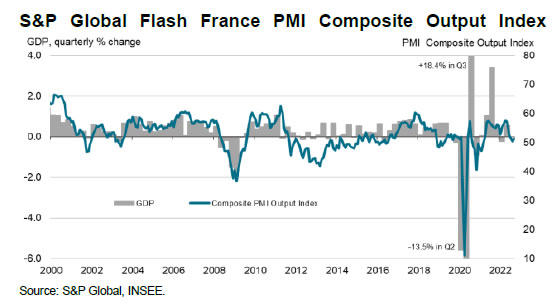
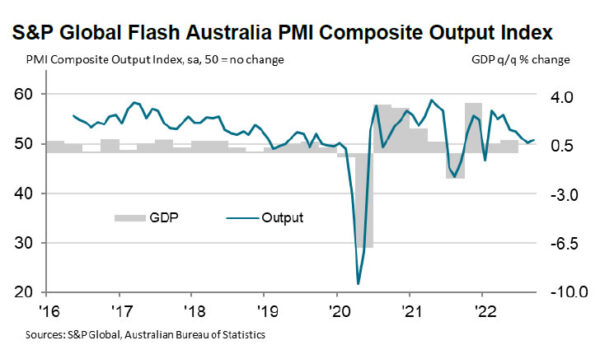
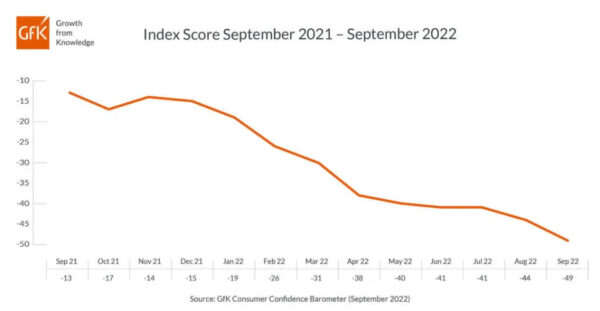
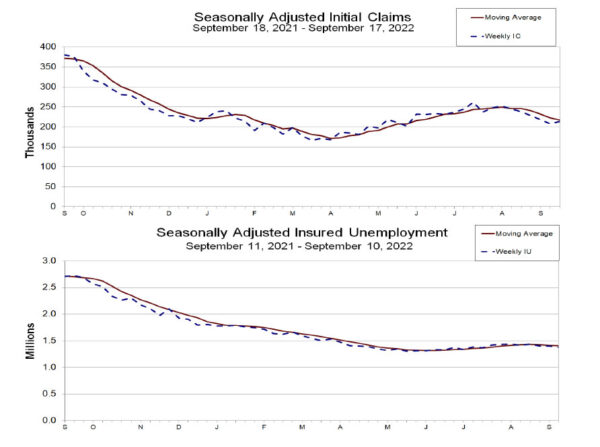
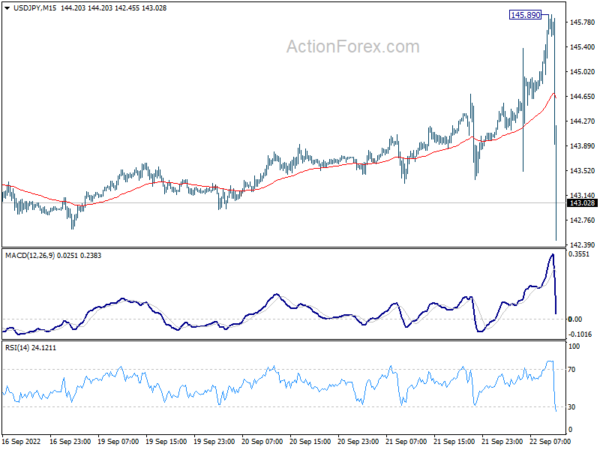
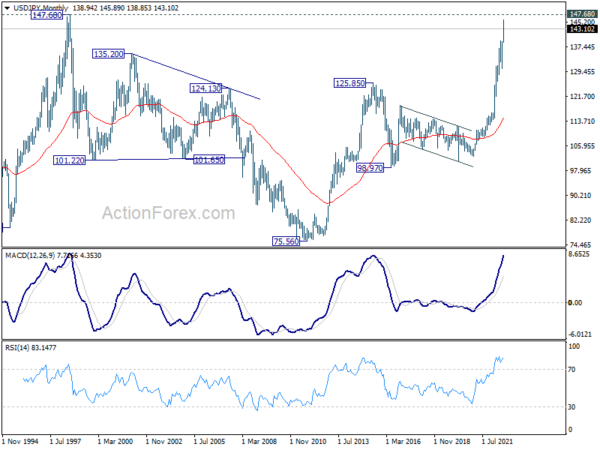
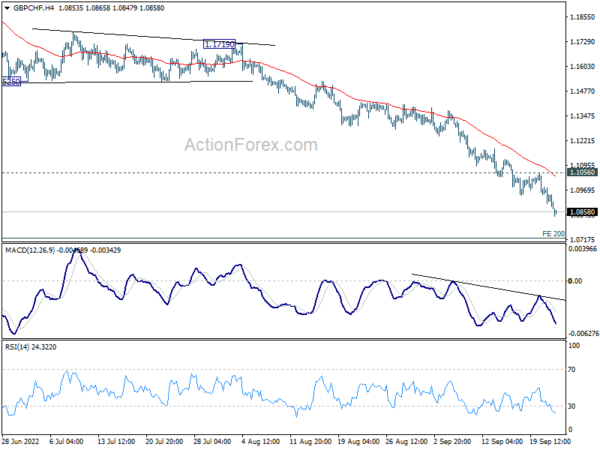
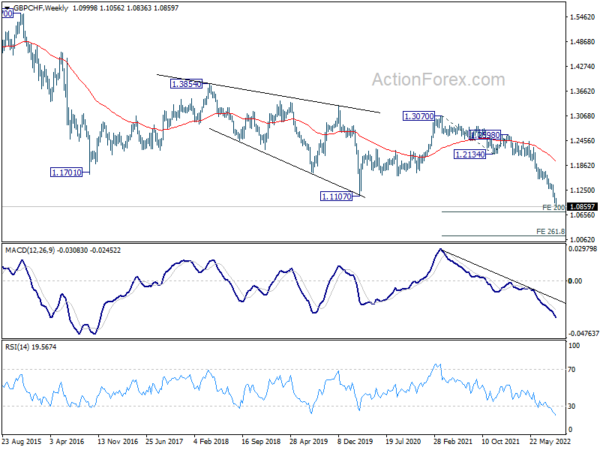
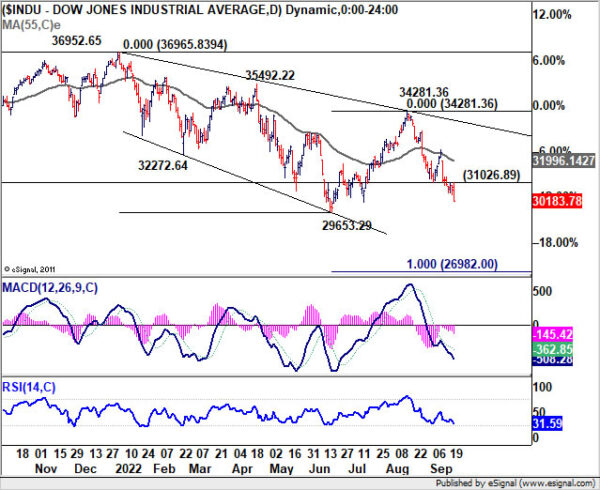
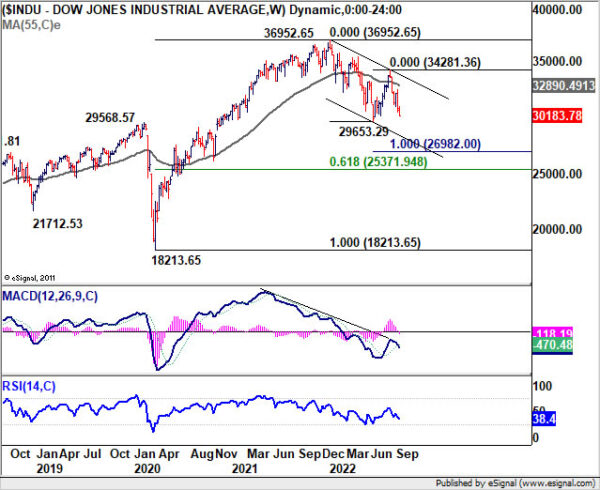
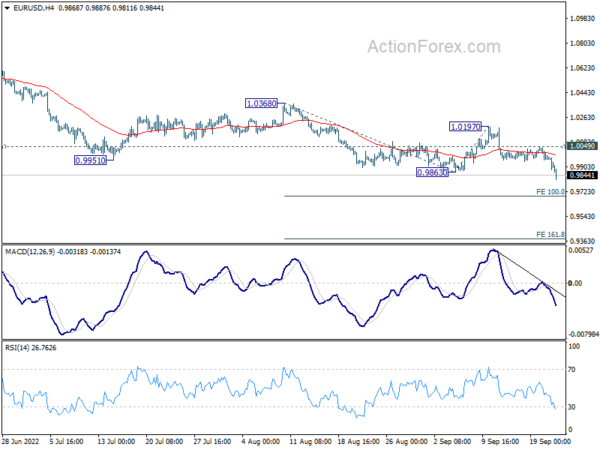
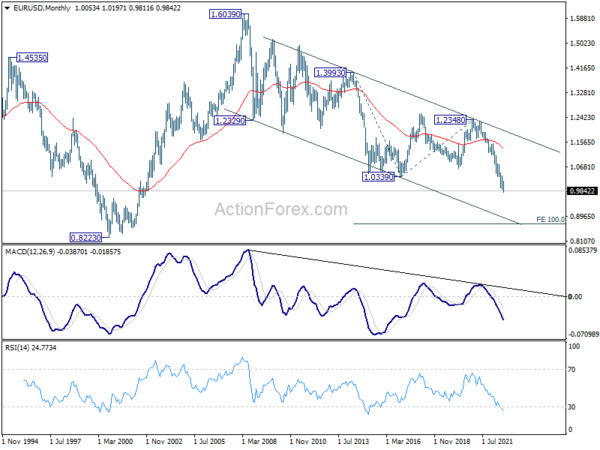


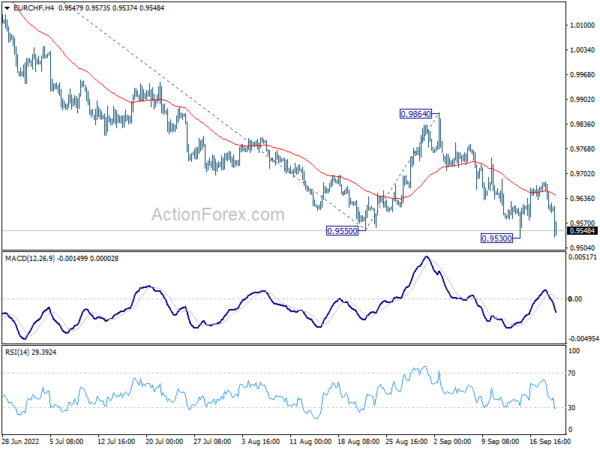
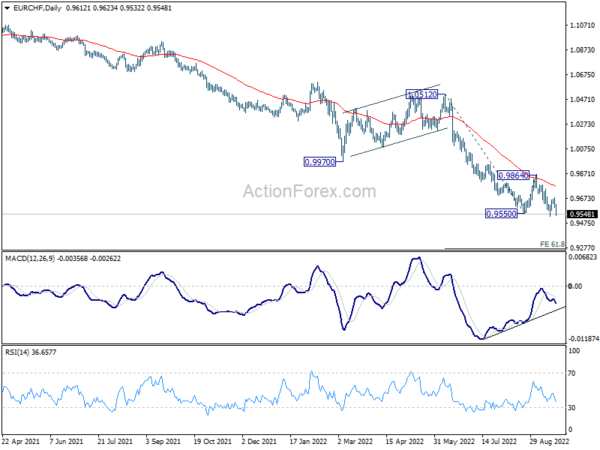
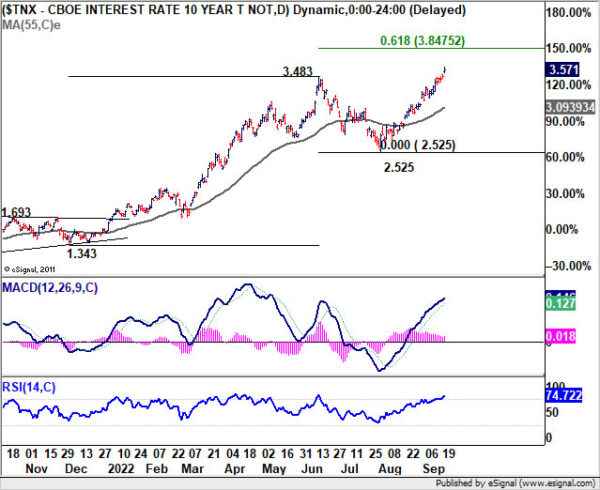
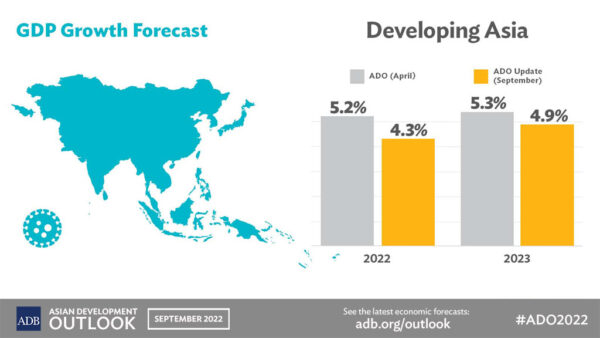

Germany PMI manufacturing dropped to 27-mth low, services to 28-mth low
Germany PMI Manufacturing dropped from 48.3 to 49.1 in September, a 27-month low. PMI Services dropped from 47.7 to 45.4, a 28-month low. PMI Composite dropped from 46.9 to 45.9, a 28-month low.
Phil Smith, Economics Associate Director at S&P Global Market Intelligence said:
“The German economy looks set to contract in the third quarter, and with PMI showing the downturn gathering in September and the survey’s forward-looking indicators also deteriorating, the prospects for the fourth quarter are not looking good either.
“The deepening decline in business activity in September was led by the service sector, which has seen demand weaken rapidly as customers pull back on spending due tightening budgets and heightened uncertainty about the outlook.
“Whilst constraints on manufacturing output from material shortages looked to have eased somewhat, resulting in a shallower decline production levels in September, goods producers like their service sector counterparts have nevertheless grown increasingly concerned about activity in the coming months, with the energy crisis stoking recession fears.
“Just when it looked like underlying inflationary pressures might be easing, a fresh surge in energy prices has seen business input costs rise at a faster rate for the first time in five months, in turn leading to a renewed acceleration in average prices charged for goods and services.”
Full release here.